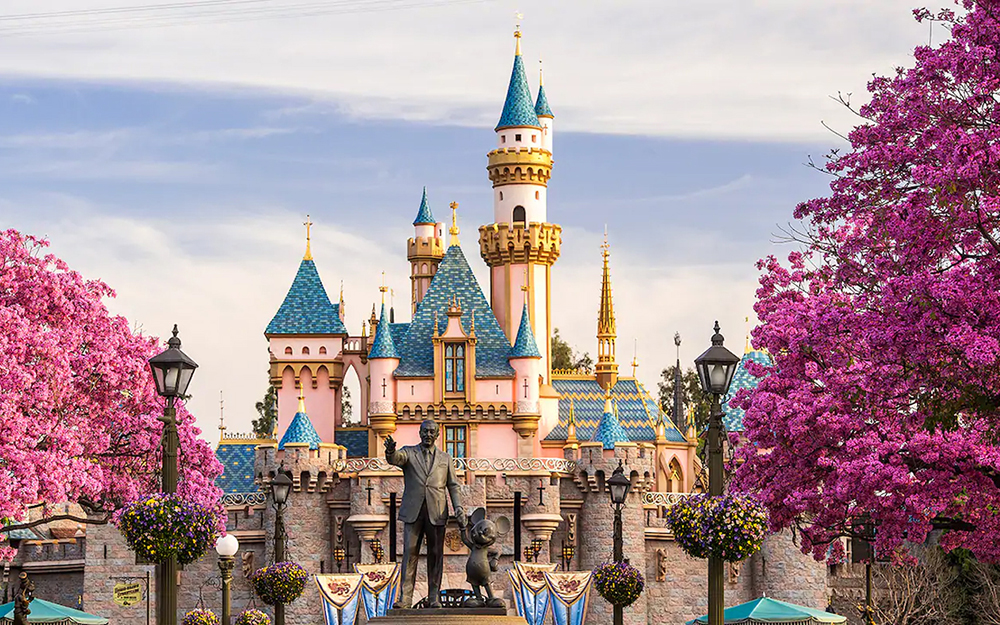
By Haddon Libby
As Zac Efron once so eloquently sang in the Disney musical, “High School Musical 2,” “What time is it? It’s summertime!”
The United Nations’ World Tourism Organization estimates 10% of the world’s $85 trillion GDP is spent on travel each year.
International travel is a relatively new occurrence to most people around the world. In 1950, only 25 million people worldwide travelled abroad. Today nearly 1.4 billion people travel outside their homeland each year spending on average $1,000 per person per trip. International travel is estimated to top 2 billion people each year by 2035 or sixteen years from now.
Half of all arrivals occur in Europe with Asia/Pacific 24% and the Americas 16%. When it comes to money spent on travel, Europe’s share declines to 39% while Asia/Pacific grew to 29% and the Americas was 24%.
Where did people spend the most? The United States at $211 billion followed by Spain at $68 billion, France $61 billion, Thailand $57 billon and the United Kingdom at $51 billion.
Who spent the most? The Chinese by far at $258 billion followed by Americans at $135 billion, Germans at $89 billion, the British at $71 billion and the French at $41 trillion. Of all international tourists, 80% travel in their own region. This would mean that the Europeans typically stay in Europe, Chinese in Asia and Americans in the Americas.
Why do people travel? It is estimated that 55% is for vacations, 27% to visit friends and family with 13% related to work. Fifty-five percent of all travel occurred by air, 39% by road, 4% by water and 2% by rail.
France has the most tourists each year at 87 million followed by Spain at 82 million, the US at 77 million, China with 61 million and Italy at 58 million. Our neighbor to the the south, Mexico, receives 39 million tourists while the UK sees 38 million. Rounding out the top ten are Turkey, Germany and Thailand.
According to World Atlas, the most popular international vacations for Americans are cruises which represent nearly half of all international travel. Tops on the list are Caribbean cruises, at 35% of trips. Cancun captures 28% followed by European river cruises at 23%, Punta Cana in the Dominican Republic at 17% (probably less after the Big Papi shooting), Rome 16%, London 15%, Amsterdam 13%, Jamaica 12.5% with Playa del Carmen and Paris at 11%.
While international travel continues to grow, Americans still prefer vacations in the good ‘ol USA.
The top summer vacation spot according to the AAA is Orlando with the happiest place on Earth being the primary destination spot. Despite hot summer temperatures, Honolulu came in second followed by Anchorage, Seattle, Los Angeles, Maui, Fairbanks, Alaska, Las Vegas, Boston and Salt Lake City.
The most popular destination for Chinese is Hong Kong, Macau and then Thailand. Where the United States fights with the Chinese over the theft of intellectual property and other espionage activities, in Thailand they are fighting Chinese travel agencies that offer zero-cost tour packages in Thailand. The short version is that Chinese based companies keep the majority the monies spent by tourists with little paid in revenues to Thai-owned businesses or Thai tax collectors. Chinese tourists who refused to spend money at the tour-sponsored shops or restaurants can have the room keys to their hotels taken with occasional beatings.
The most expensive place to visit in the world is Singapore due to its high transportation costs. Paris comes in second due with an average hotel price of $500/night and Zurich at $450/night. The city that never sleeps, New York City, is fourth on the list while Oslo, Tel Aviv, Reykjavik, Dubai, Sydney and London round out the top ten.
Haddon Libby is the Founder and Managing Partner of Winslow Drake Investment Management. For more information, please visit www.WinslowDrake.com or email HLibby@WinslowDrake.com.










































